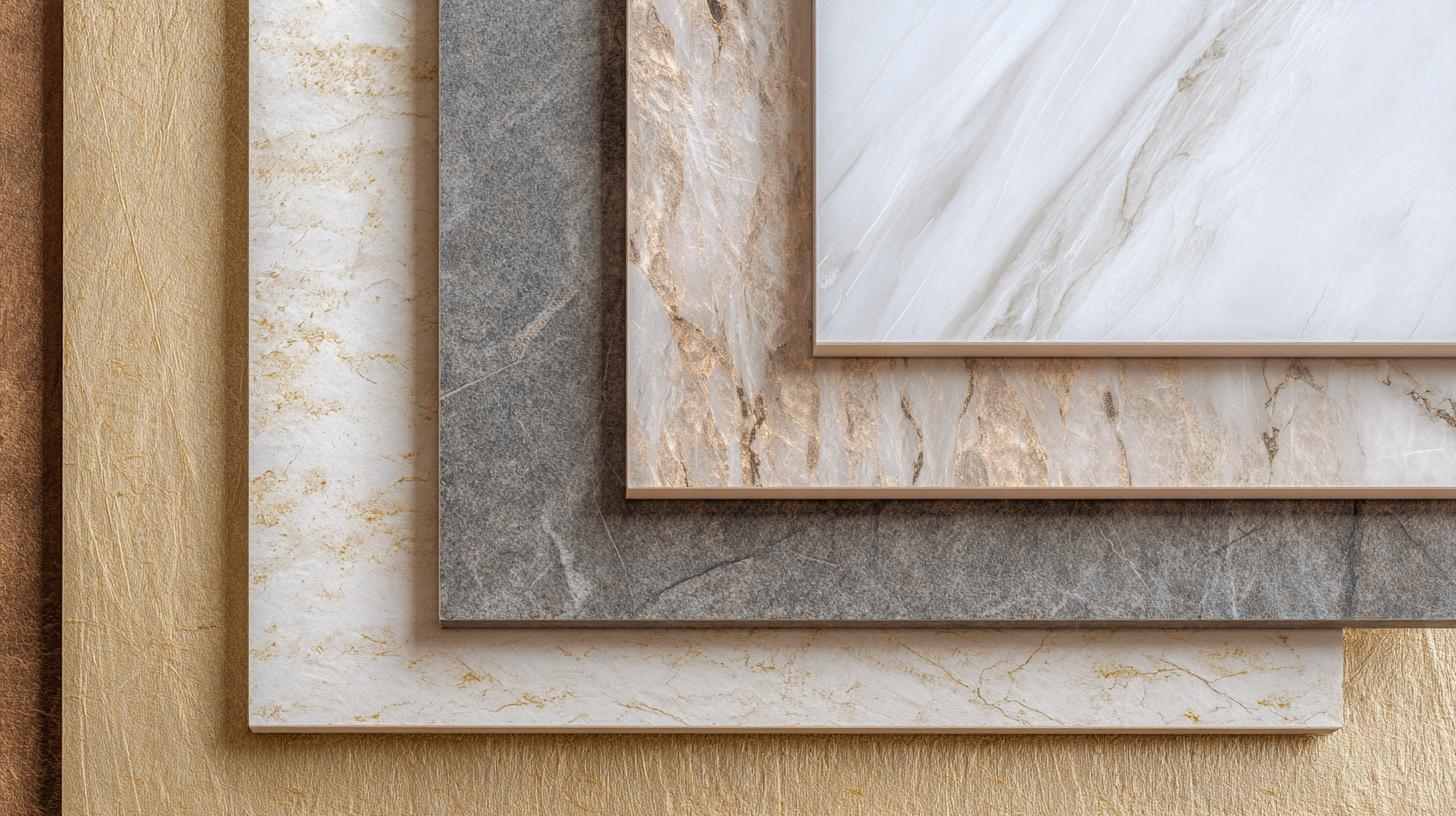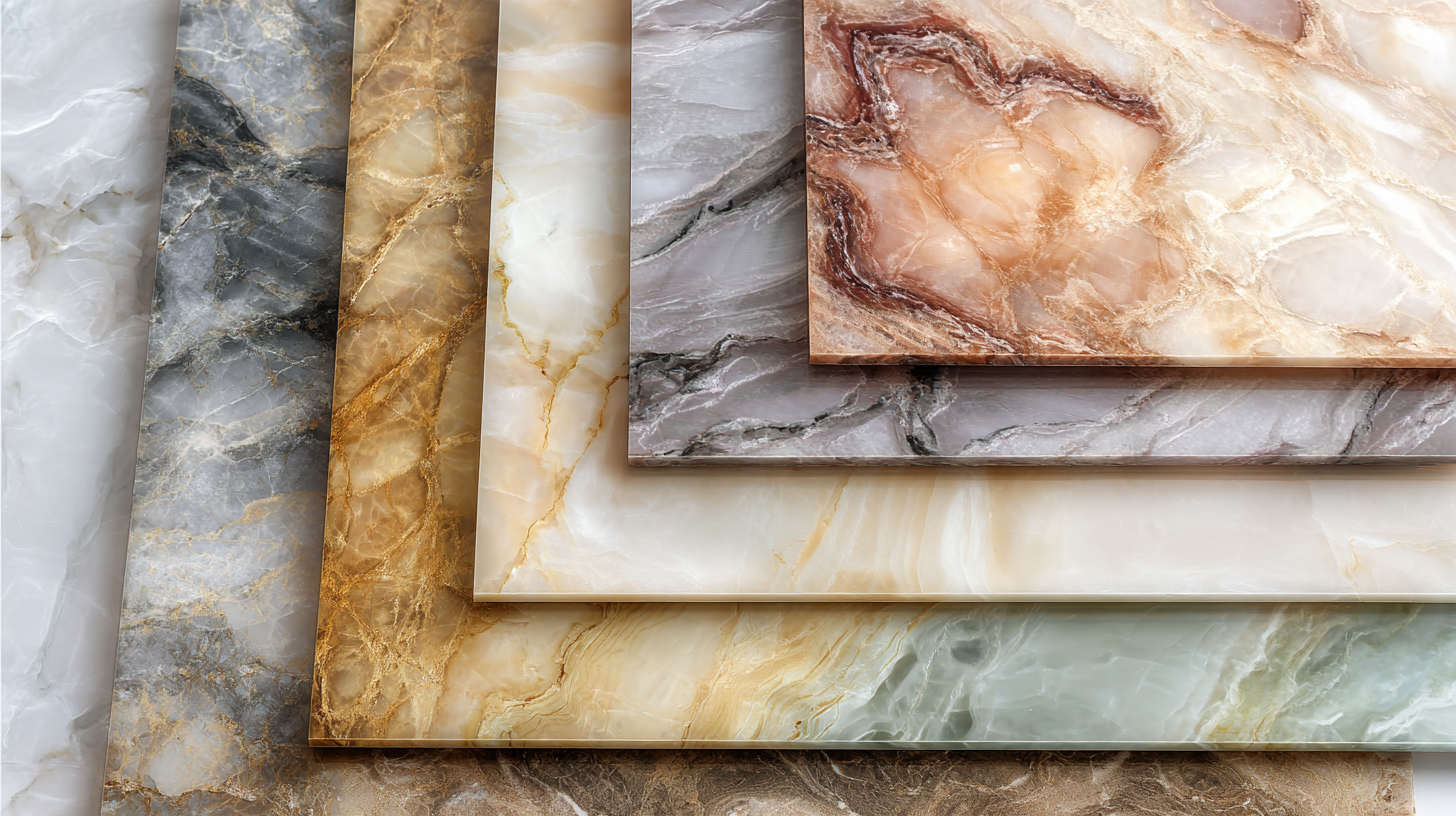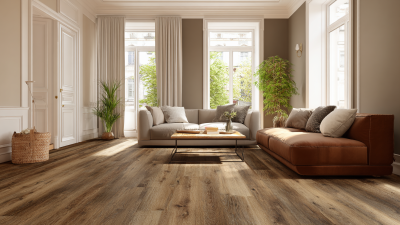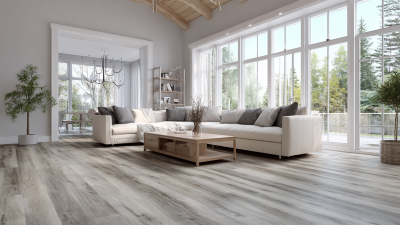In the ever-evolving world of interior design, the integration of innovative materials has become essential for achieving unique aesthetics. One such groundbreaking material is the Polymarble Sheet for Wall, which has gained traction for its versatility and striking visual appeal. According to a recent report by Grand View Research, the global decorative wall panels market is projected to reach USD 9.41 billion by 2025, with materials like Polymarble leading the charge due to their durability and ease of maintenance. Designers and homeowners alike are increasingly turning to Polymarble Sheets as a solution for transforming ordinary spaces into extraordinary environments, blending functionality with artistic flair. This comprehensive guide will explore how to effectively incorporate Polymarble Sheets into your wall designs, providing invaluable insights into installation techniques, aesthetic possibilities, and long-term benefits.

Polymarble sheets have emerged as an innovative material in modern interior design, presenting numerous applications that elevate the aesthetics of spaces. These sheets, composed of a blend of polymer and marble, offer exceptional durability and a luxurious appearance, making them a favored choice in contemporary wall designs. According to industry reports, the demand for decorative wall surfaces is projected to grow at a compound annual growth rate (CAGR) of 5.6% from 2023 to 2028, driven largely by urbanization and increasing interior design investments. This growth underscores the rising popularity of versatile materials like polymarble, which can adapt to various styles and tastes.
The innovative applications of polymarble sheets extend beyond traditional uses. Designers are utilizing these sheets to create breathtaking feature walls, statement pieces, and even entire room environments that blend seamlessly with modern technology. For instance, recent developments in smart interiors have seen polymarble integrated with lighting features, enabling dynamic visual experiences. Market analysis highlights that the integration of aesthetic materials with smart technology will captivate consumers, especially in settings such as museums and galleries, where a combination of art and science is increasingly emphasized. This aligns with current trends seen at events like the "全民的科学中心" in Nanning, promoting science alongside modern design principles and materials.
 Polymarble sheets have emerged as a top choice for homeowners and designers seeking both style and functionality in wall aesthetics. One of the key benefits of these sheets is their ability to create a stunning visual impact while maintaining durability. Their smooth surface allows for a variety of finishes, enabling creative freedom in design. In addition to visual appeal, polymarble sheets are also easier to maintain, offering resistance to moisture and stains that can mar other wall materials, making them a practical option for high-traffic or humid areas.
Polymarble sheets have emerged as a top choice for homeowners and designers seeking both style and functionality in wall aesthetics. One of the key benefits of these sheets is their ability to create a stunning visual impact while maintaining durability. Their smooth surface allows for a variety of finishes, enabling creative freedom in design. In addition to visual appeal, polymarble sheets are also easier to maintain, offering resistance to moisture and stains that can mar other wall materials, making them a practical option for high-traffic or humid areas.
Furthermore, similar to the advantages noted with green walls, polymarble sheets contribute to a building's energy efficiency. They can help regulate indoor temperatures, reducing the need for excessive heating or cooling. This energy moderation not only enhances comfort but can also lead to lower utility costs over time. The versatility of polymarble allows for innovative accent walls that can add both depth and texture to a space, aligning perfectly with current design trends that prioritize sustainability and aesthetics.
Polymarble sheets are increasingly recognized for their sustainability and durability, making them an ideal choice for modern wall designs. As building materials evolve, the demand for long-lasting and eco-friendly options grows. Research indicates that sustainable materials not only mitigate environmental impact but also enhance the longevity of installations. For instance, the durability of polymarble sheets can significantly reduce the need for replacements, aligning with the growing trend in construction towards materials that promise both resilience and lower lifecycle costs.
In addition to durability, innovations in materials science highlight the importance of integrating sustainable practices into product design. A recent analysis shows that integrating recycled components can lead to performance improvements and contribute to a circular economy. The use of raw materials that are both low-impact and enduring not only benefits the environment but also responds to consumer demands for responsible manufacturing. In this context, polymarble sheets emerge as a powerful solution, combining aesthetic appeal with a commitment to sustainability, positioning them as a frontrunner in the future of interior design.
When it comes to interior design, cost-effectiveness is often a deciding factor, and polymarble sheets offer an attractive alternative to traditional materials like ceramic or natural stone. According to a report by Freedonia Group, the demand for lightweight materials in construction and design is increasing, with polymarble sheets projected to grow at a rate of 5.3% annually by 2026. This is largely due to their lower installation costs; estimates suggest that polymarble sheets can save up to 30% on labor costs compared to tile installations.
Moreover, the durability and maintenance requirements of polymarble sheets further enhance their cost-effectiveness. A study by MarketsandMarkets indicates that polymarble offers a lifespan of 15-20 years with minimal upkeep, whereas traditional materials may require regular sealing and cleaning. With fewer replacements and repairs needed, homeowners and businesses can realize substantial savings over time, making polymarble sheets not only a visually appealing choice but also an economically sound investment for stunning wall designs.
Polymarble sheets are rapidly gaining popularity as a versatile material for wall designs, offering a sleek and modern aesthetic. Their ability to create seamless wall coverage is particularly appealing, allowing designers to achieve a flawless look without the interruptions of traditional materials. According to a report by the Architectural Institute of America, the demand for innovative materials like polymarble is soaring, with a projected market growth of 15% annually over the next five years. This trend highlights a shift towards more sustainable and visually striking options in interior design.
When using polymarble sheets, proper installation techniques are crucial to achieving that seamless effect. The industry standard recommends using a high-quality adhesive specifically designed for composite materials, ensuring durable and secure application. Additionally, researchers from the National Association of Home Builders have noted that careful measurements and pre-cutting of sheets before installation can prevent unsightly seams and mismatched patterns, further enhancing the visual appeal. By integrating these tips and leveraging the unique properties of polymarble, designers can transform spaces into breathtaking environments that reflect contemporary architectural trends, similar to the innovative work being done at prominent venues like the Kennedy Center.







